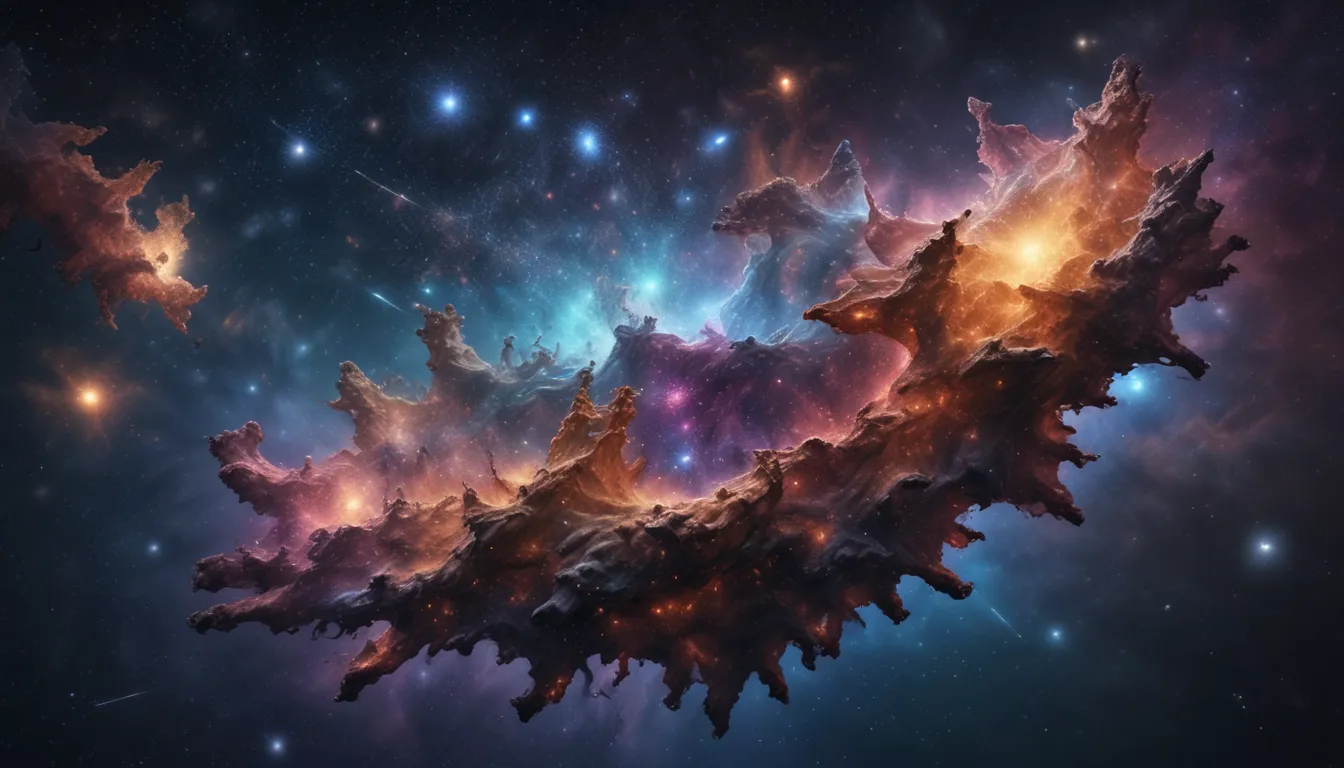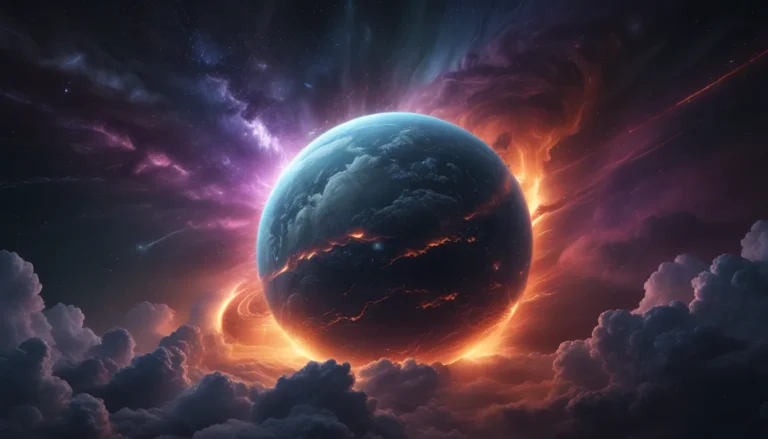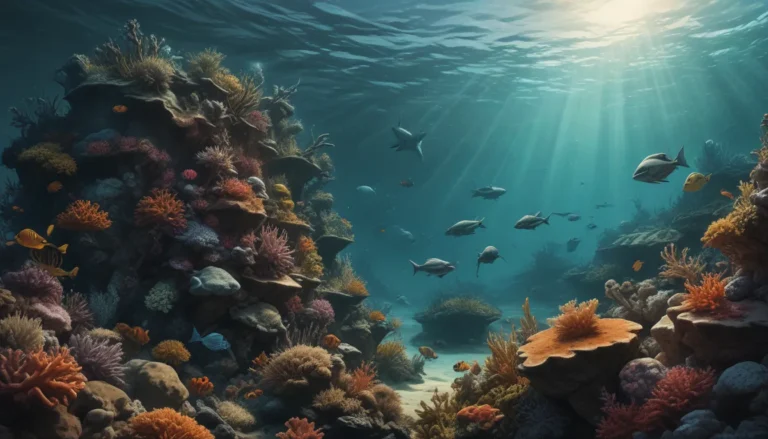The pictures we use in our articles might not show exactly what the words say. We choose these pictures to make you interested in reading more. The pictures work together with the words but don’t take their place. The words still tell you the important facts.
Welcome to the mesmerizing world of galactic star clusters, where celestial wonders await to be discovered. Galactic star clusters, like stellar cities teeming with stars of varying ages and sizes, offer a captivating glimpse into the formation and evolution of galaxies. In this article, we will delve into the awe-inspiring realm of galactic star clusters and unveil 15 intriguing facts that will reignite your curiosity about the wonders of the universe.
The Enchanting World of Galactic Star Clusters
Galactic star clusters are dense concentrations of stars that form gravitationally bound systems within galaxies. Ranging from a few hundred to millions of stars, these clusters vary in size, shape, and composition. There are two main types of galactic star clusters: Open Clusters and Globular Clusters.
Open Clusters and Globular Clusters: A Tale of Diversity
Open Clusters are loosely bound groups of stars, often harboring young stars that emerge from the same molecular cloud. On the other hand, Globular Clusters are tightly packed ensembles consisting of much older stars, usually found in the outskirts of galaxies. These clusters serve as excellent laboratories for studying stellar evolution.
Gateway to the Past: Ancient Galactic Star Clusters
Some Galactic Star Clusters are among the oldest objects in the universe, with ancient stellar populations that provide valuable insights into the early stages of galaxy formation. These clusters not only hold secrets about the past but also offer clues about the history of galaxies through their survival during galaxy mergers.
Marvels of Diversity: Size and Dynamics of Galactic Star Clusters
Galactic Star Clusters can vary in size, with Open Clusters typically smaller in diameter compared to the much larger Globular Clusters. Additionally, these clusters experience tidal forces from the host galaxy, shaping their dynamics and structure over time. Some clusters even exhibit mass segregation, where more massive stars concentrate towards the center.
Exotic Tales: Unveiling Mysteries Within Galactic Star Clusters
Within the confines of Galactic Star Clusters, exotic objects such as pulsars, black holes, and blue stragglers can be found. These intriguing celestial bodies add an element of mystery and fascination to the rich tapestry of galactic star clusters.
Galaxies in Focus: Galactic Star Clusters as Cosmic Signposts
Studying the properties and distribution of Galactic Star Clusters within galaxies provides valuable insights into the formation and evolution of galaxies. These clusters serve as indicators of galactic environments, shedding light on the physical conditions and processes driving galaxy evolution.
Unraveling the Secrets of Galactic Star Clusters
Galactic star clusters offer a treasure trove of knowledge about the vastness of our universe, unveiling mysteries that continue to captivate astronomers and space enthusiasts alike. By exploring these bustling hubs of celestial activity, we gain deeper insights into the nature of stars, their life cycles, and the dynamics of stellar interactions.
Time Capsules of the Universe: Galactic Star Clusters as Witnesses to History
Galactic Star Clusters act as time capsules that hold secrets about the early universe, surviving galaxy mergers and providing valuable clues about the history of galaxies. Through the study of these clusters, astronomers can refine age estimates of galaxies and deepen their understanding of stellar evolution.
A Bright Future: Inspiring Curiosity Through Galactic Star Clusters
Whether you're an avid stargazer or simply fascinated by the wonders of the cosmos, galactic star clusters will continue to inspire awe and curiosity as we venture further into the mysteries of the universe. As our knowledge of galactic star clusters grows, so does our appreciation for the intricate workings of the cosmos.
FAQs
-
What are galactic star clusters?
Galactic star clusters are dense groups of stars found within galaxies, coming in two main types: open clusters and globular clusters. -
How are galactic star clusters formed?
Galactic star clusters are primarily formed through the collapse of gas and dust to form stars in clusters during the early stages of galaxy formation, as well as through gravitational interactions within galaxies. -
How long do galactic star clusters last?
The lifetimes of galactic star clusters vary, with globular clusters surviving for billions of years, while open clusters have shorter lifetimes of a few hundred million years before dispersing. -
What can we learn from studying galactic star clusters?
Studying galactic star clusters provides insights into stellar evolution, galaxy formation and dynamics, and the overall structure and composition of the universe. -
Are there any famous galactic star clusters?
Yes, some famous galactic star clusters include the Pleiades and Omega Centauri, which are prominent examples within our galaxy.
Embrace the wonder and mystique of galactic star clusters as we embark on a journey through the vast cosmos, unlocking the secrets of these celestial marvels. Join us in exploring the captivating world of galactic star clusters and let the mysteries of the universe inspire your curiosity and imagination.






